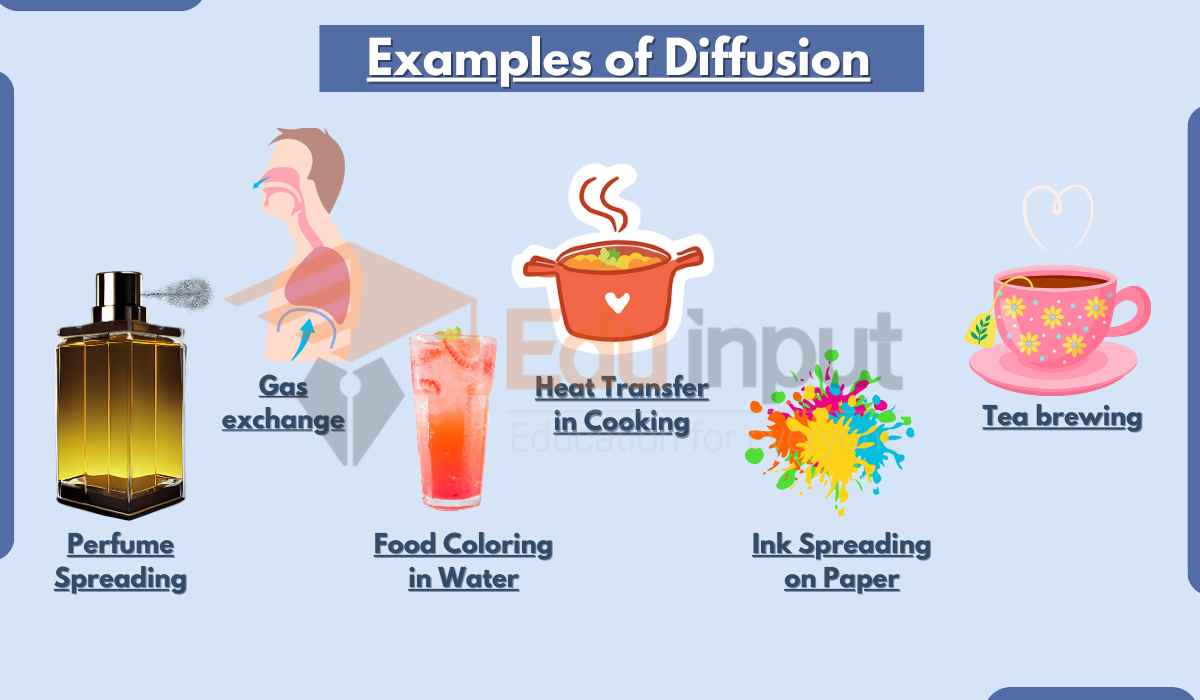20 Examples of Prokaryotes
September 14, 2023
Bacteria as Mycoplasma, Escherichia coli, Bacillus subtilis, Streptococcus pyogenes, Cyanobacteria, and Archaea like Methanogens are a few examples of prokaryotes.
Examples of Prokaryotes
Prokaryotes are single-celled organisms characterized by the absence of a distinct nucleus and membrane-bound organelles. They are among the oldest and most diverse life forms on Earth.
Here are 20 examples of prokaryotes:
1: Escherichia coli (E. coli)
- A common bacterium found in the intestines of humans and animals. Some strains can cause illness.
2: Bacillus anthracis
- The causative agent of anthrax, a bacterial disease that affects mammals.
3: Streptococcus pyogenes
- A bacterium responsible for a range of infections, including strep throat and skin infections.
4: Mycobacterium tuberculosis
- The bacterium that causes tuberculosis, a contagious lung disease.
5: Cyanobacteria (Blue-Green Algae)
- Photosynthetic prokaryotes that play a crucial role in oxygen production and nitrogen fixation.
6: Clostridium botulinum
- Produces the botulinum toxin, one of the most potent neurotoxins known.
7: Salmonella
Various Salmonella strains can cause food poisoning and gastroenteritis.
8: Chlamydia trachomatis
- A bacterium responsible for various sexually transmitted infections (STIs).
9: Yersinia pestis
- The bacterium behind the infamous bubonic plague.
10: Helicobacter pylori
- Linked to stomach ulcers and gastric cancer.
11: Borrelia burgdorferi
- Causes Lyme disease, transmitted through ticks.
12: Staphylococcus aureus
- Often associated with skin infections and can be antibiotic-resistant.
13: Pseudomonas aeruginosa
- Commonly found in soil and water, this bacterium can cause infections in humans.
14: Methanogens
- A group of prokaryotes that produce methane gas and are found in anaerobic environments.
15: Thermophiles
- Heat-loving prokaryotes that thrive in extreme temperatures, such as hot springs.
16: Halophiles
- Salt-loving prokaryotes that inhabit highly saline environments like salt flats and salt lakes.
17: Nitrogen-Fixing Bacteria
- Prokaryotes like Rhizobium and Azotobacter that convert atmospheric nitrogen into a usable form for plants.
18: Acidophiles
- Prokaryotes that thrive in highly acidic environments, such as sulfuric acid pools.
19: Archaea
- A diverse group of prokaryotes that includes extremophiles and those found in the human gut.
20: Cyanobacteria (Anabaena)
- Nitrogen-fixing cyanobacteria that form symbiotic relationships with certain plants.
File Under:

 written by
written by 


Leave a Reply